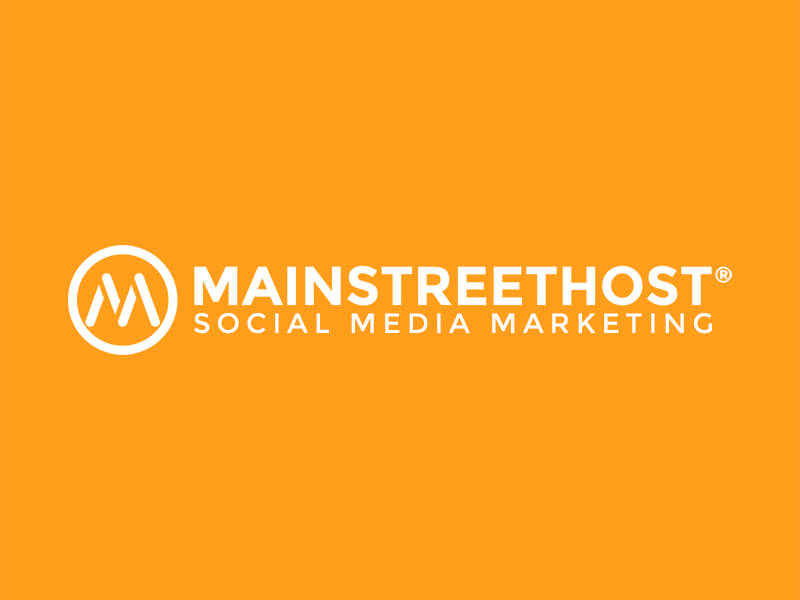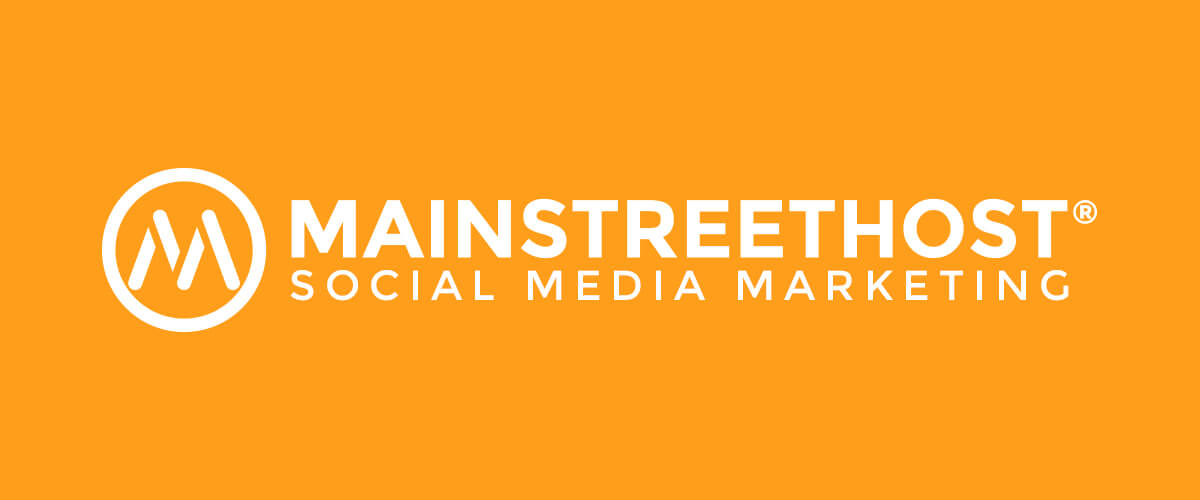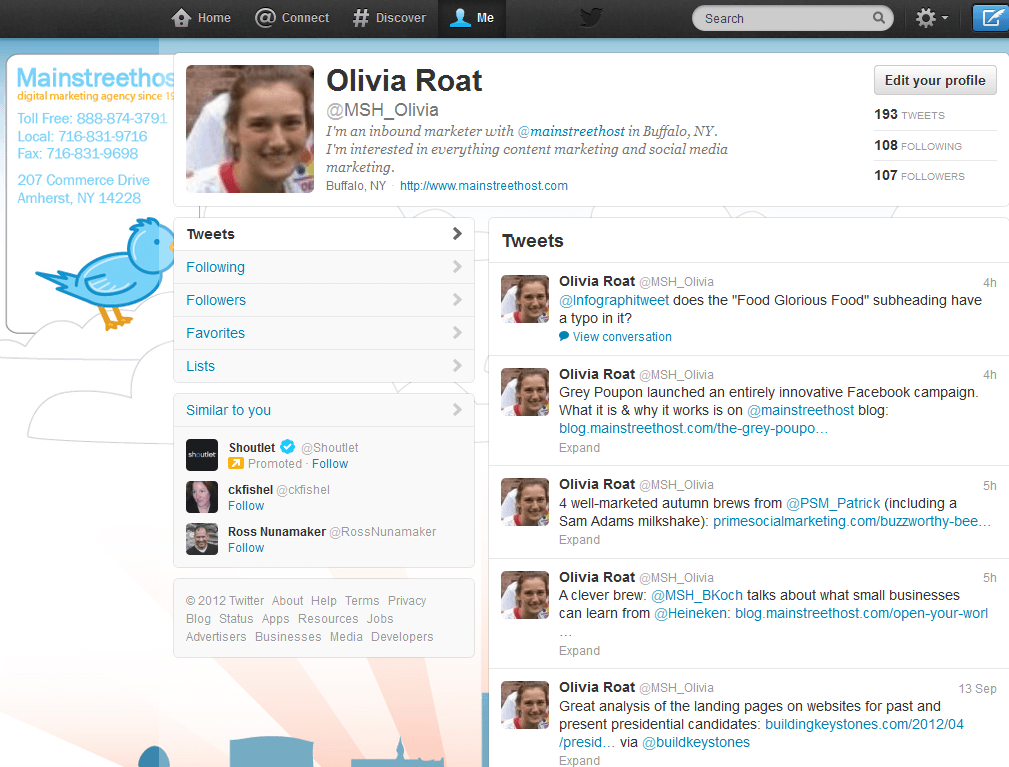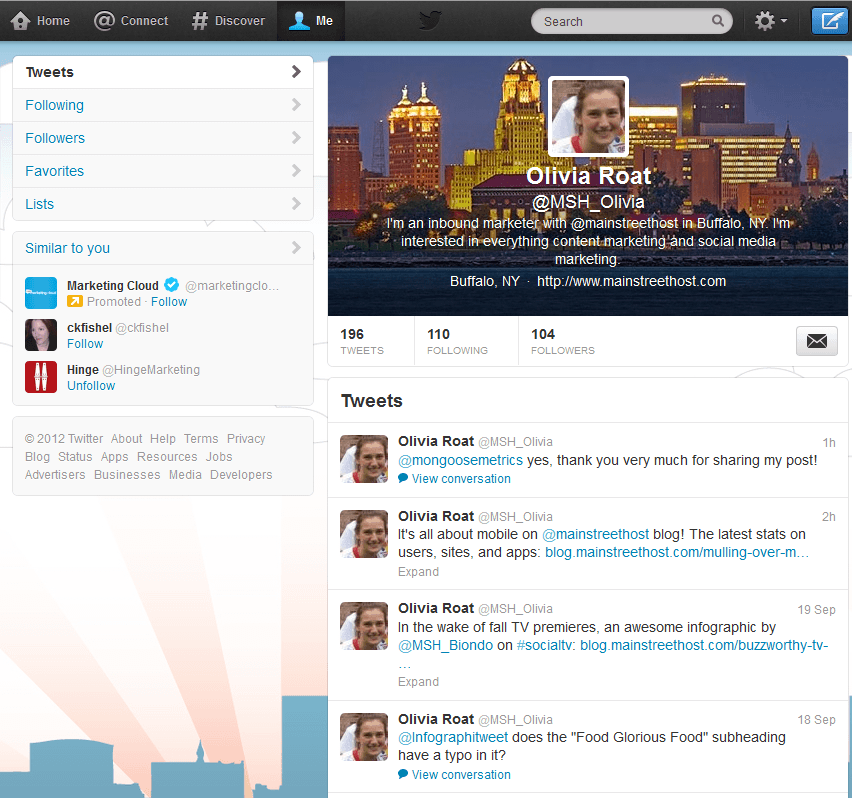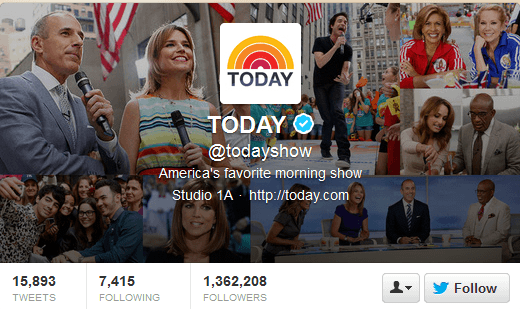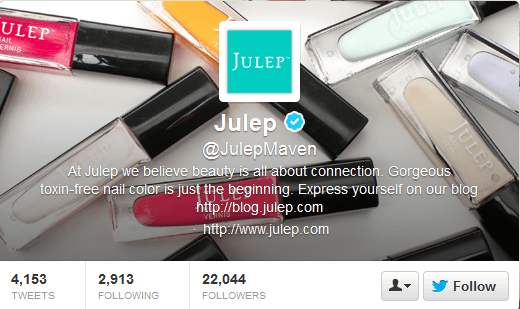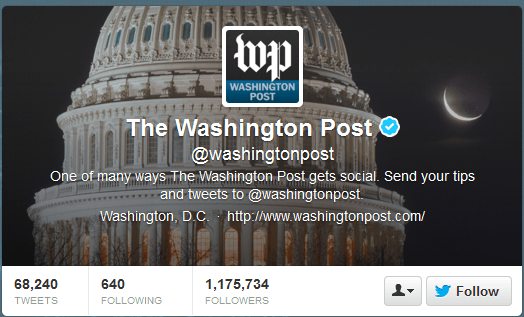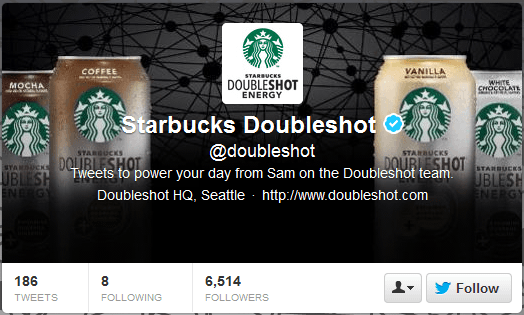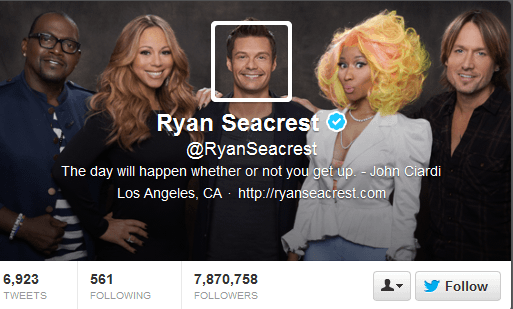“The medium is the message.” – Marshall McLuhan
Earlier this week, Twitter debuted the new Twitter profile, which now features a header image. The header makes Twitter profiles much more visually appealing, and people have been quick to declare it reminiscent of the Facebook cover photo.
Twitter’s recent change caused me to contemplate the increasing importance of visual content in social media. Facebook rolled out the Timeline layout several months ago, and the new Facebook profiles are much more image-focused than the old, with a profile picture and a cover photo. Instagram, the photo-taking and photo-sharing app whose raison d’etre is an easy, accessible, and creative means of visual communication, reached the 80-million-user mark in July and has made the word “filter” part of our everyday jargon. Pinterest is also riding the photo-frenzy wave that’s currently cascading over society: the site that’s home to charming photographs of recipes, fashion, and home goods has witnessed a 145% increase in daily users since the beginning of 2012.
What’s behind this widespread popularity of images and visual content? And what does it say about the way in which we consume information? Are we visually-oriented, and do we have a preference for images as opposed to text?
Picture This: Image-Minded Individuals
Images have been used to convey messages for eons, and we don’t have to look exclusively to social media to observe the prevalence of images in contemporary society. Every drive-thru menu features pictorial representations of food. Fashion magazines are composed primarily of full-page color advertisements, and companies pay anywhere from $97,000 to $237,000 per ad in an attempt to catch the eye of consumers and communicate the quality of their products. And it seems that visual representations of data in the form of infographics have ascended to the top of the content marketing world, fueled by this infatuation with all things images.
Research supports the idea that people prefer visual content to text. A study Curata found that articles with pictures generate 47% more click-thru activity than articles without pictures. And when it comes to social media, there’s a wealth of data that reveals visual content drives more engagement than text. An infographic from global communications company M Booth found that on Facebook, videos are shared 12x more than links and text posts combined, and photos are liked 2x more than text updates. As well, 42% of all Tumblr posts are photos.
Similarly, research from Dan Zarrella and ROI discovered that people are most likely to engage with Facebook posts that feature photos (followed by status updates, then video, and then links).
And, according to Ad Age, Facebook users upload 250 million photos per day. One Harvard Business School study estimated that 70% of all activities inside the social network revolve around photos.
To me, the appeal of visual content seems twofold. For one, images can be a much more compelling, effective, and powerful means of communication. Also, in an age characterized by both an overwhelming amount of content and a shortage of time, images are easily digestible. They make it easy to quickly comprehend news, ideas, people, and places, and they simultaneously require little time investment: no reading and minimal analysis, which seem especially conducive to the current zeitgeist, where individuals tend to skim information before moving on. Visual content and today’s society seem to be a harmonious coupling.
Clearly, Creatively, and Visually
Given this penchant for pictures we have, the new Twitter header seems like a fantastic idea. It’s not just the latest, newest tweak to one of the most popular social networking sites. It’s a sign of something greater: the way in which we prefer to process and interact with information. Even though the new header debuted mere days ago, many accounts have already stylized savvy, striking headers that not only utilize Twitter’s newest feature to its full potential, but also stand out amongst the throng of accounts that crowd the Twittersphere.
And my personal favorite:
Who would object to the prevalence of visual content in our contemporary society when it means looking at an image like this? Leave it to Ryan Seacrest to be intent on making himself stand out amongst a group of the most popular and highest-paid musicians of our time. My eyes were still drawn to Nicki Minaj’s hair, though.

